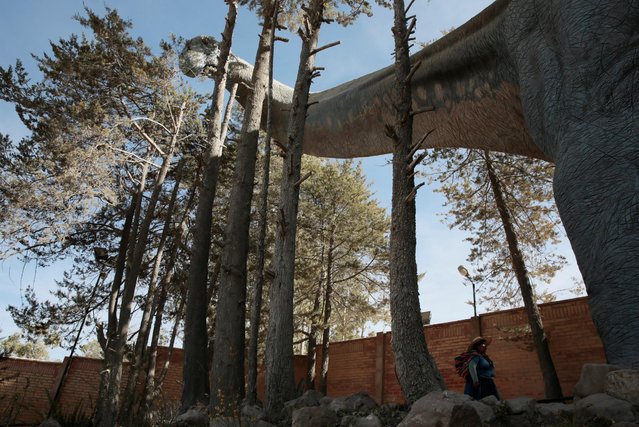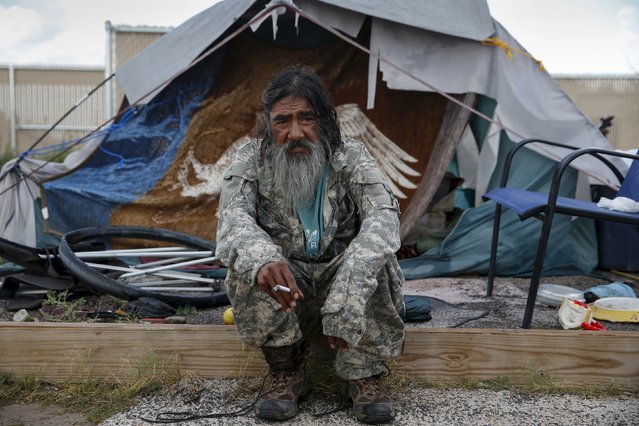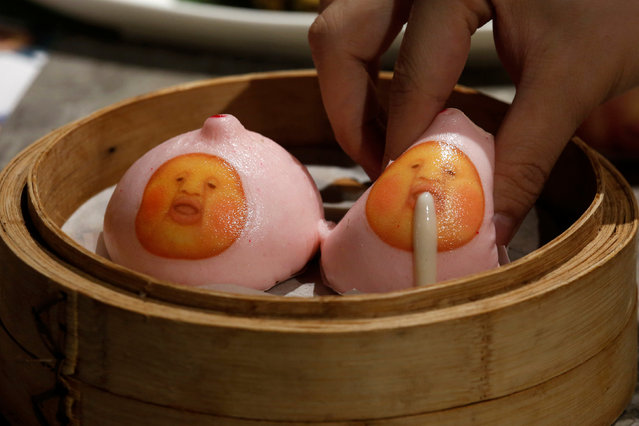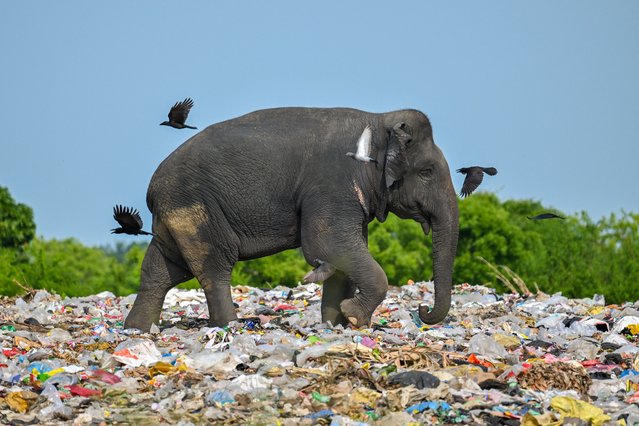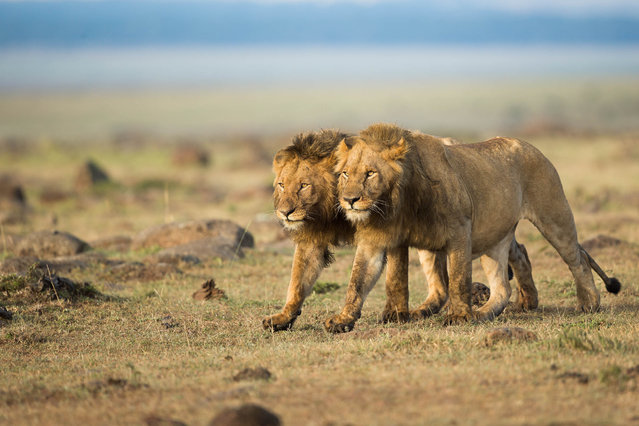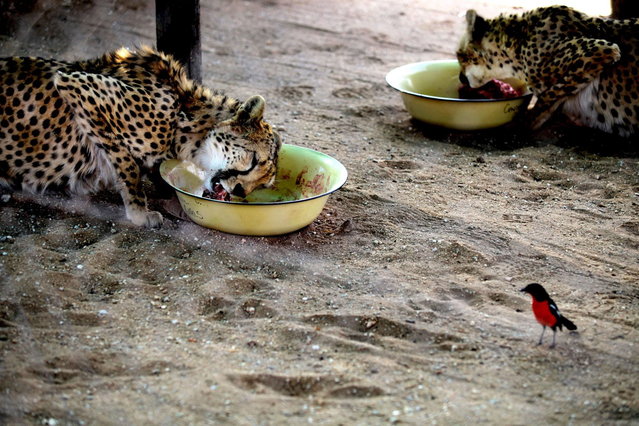
“Hi! I'm Joel, I live in a valley in British Columbia's Rocky Mountains, as close to the forest as I could possibly be! I love to run, bike, jump, eat and create and I hope that you enjoy my work as much as I enjoy creating it!” – Joel Robison.
Photo: “Under Peaceful Skies”, 2011. (Photo by: Joel Robison; Source: Flickr)
Photo: “Under Peaceful Skies”, 2011. (Photo by: Joel Robison; Source: Flickr)
24 May 2012 10:44:00,post received
0 comments

